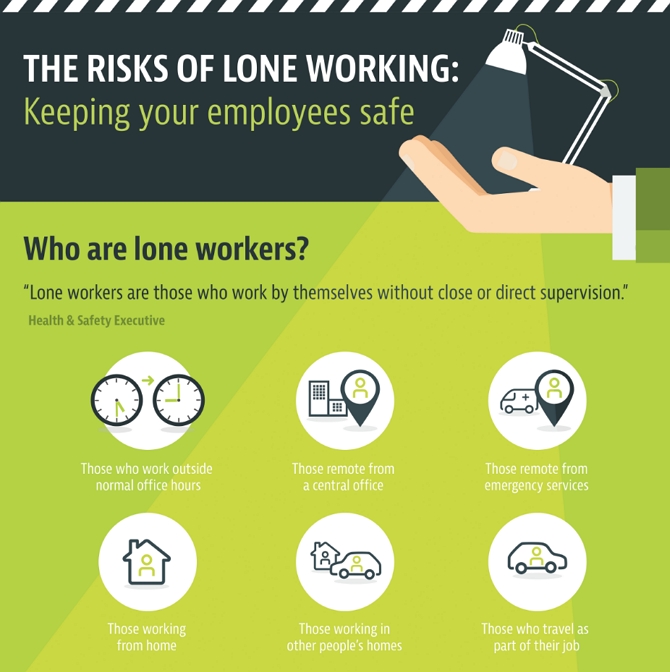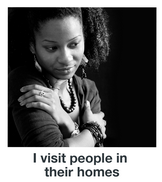There are a surprisingly large number of jobs that require some degree of lone working. There are a variety of risks associated with working alone which varies from industry to industry but, at LONEALERT, we have catered for all eventualities to help keep your staff safe and your company in compliance with regulations.
What is a Lone Worker?
There is an estimated 6.8 million people working alone in the UK. Internationally, this figure is much higher and is expected to rise as the continued change in working habits forces more remote working.
It is a common myth to think that the term ‘lone worker’ simply refers to people who work completely alone. Although thousands of people do indeed fall into this category, the term ‘lone worker’ actually refers to a much broader spectrum of people - including anyone who works remotely or feels vulnerable in their work - many of whom who probably don’t even know that they are lone workers.
The HSE defines a lone worker as:
“those who work by themselves without close or direct supervision”
Therefore encompassing millions of workers in a range of roles from a full spectrum of industries.

And as there continues to be rapid advances in smartphone apps and other technology improving communication, enabling more industries to conduct business remotely, the number of people whose jobs involve being alone at work is only going to rise.
A huge number of jobs can require people to be left alone and isolated and, while many of the hazards that lone workers face are similar to those faced by other workers, the risks involved may be greater because the worker is on their own. Statistics from the British Crime Survey indicate that as many as 150 lone workers are attacked, both physically and verbally, every day. The victims of attacks are varied and take place across a number of industries and job roles where people can be found working alone. Figures from the TUC show that in retail alone, for example, 20,000 shop workers are attacked each year and an even greater number are exposed to threats of violence and verbal abuse.
Annual data released recently by the HSE has also revealed a slight increase in workplace fatalities over the past two years, rising from 136 to 144. While the average of fatalities to 100,000 workers equalled 0.42 overall, industry averages - including in agriculture, waste and recycling, construction and manufacturing - rose to 7.73.
Lone workers come from all walks of life. It is the window cleaner working 10 storeys high. It is the cleaner mopping the third floor of the huge office block after dark. It is the social worker out visiting strangers’ homes. It is the nurse manning a busy A&E on a Friday night. It is the scientist locked in a coded laboratory surrounded by chemicals. It is the shop worker walking to her car after a night shift. It is the warehouse supervisor locking up after the machines have been shut down. It is the driver travelling the country in charge of a lorry load worth tens of thousands of pounds. It is the factory worker negotiating rows of shelves stocked with heavy pallets in a forklift truck.
Still not sure? Feel free to ask us a question.
What is a Lone Working Policy?
Lone Workers are under increased threats from certain risks associated with their particular job. A Lone Worker Policy helps the business to::
- Assess any health and safety risks to an employee which can be relevant to a number of different situations in the workplace.
- The assessment is essentially in the form of a risk assessment and can help decide whether the employee requires a lone worker device or something similar.
- You can request a copy of a lone working policy template by entering your details in the request form here. The document contains many useful resources and advice including guidance on how to create your own lone working policy in order for you to keep your people safe.
















